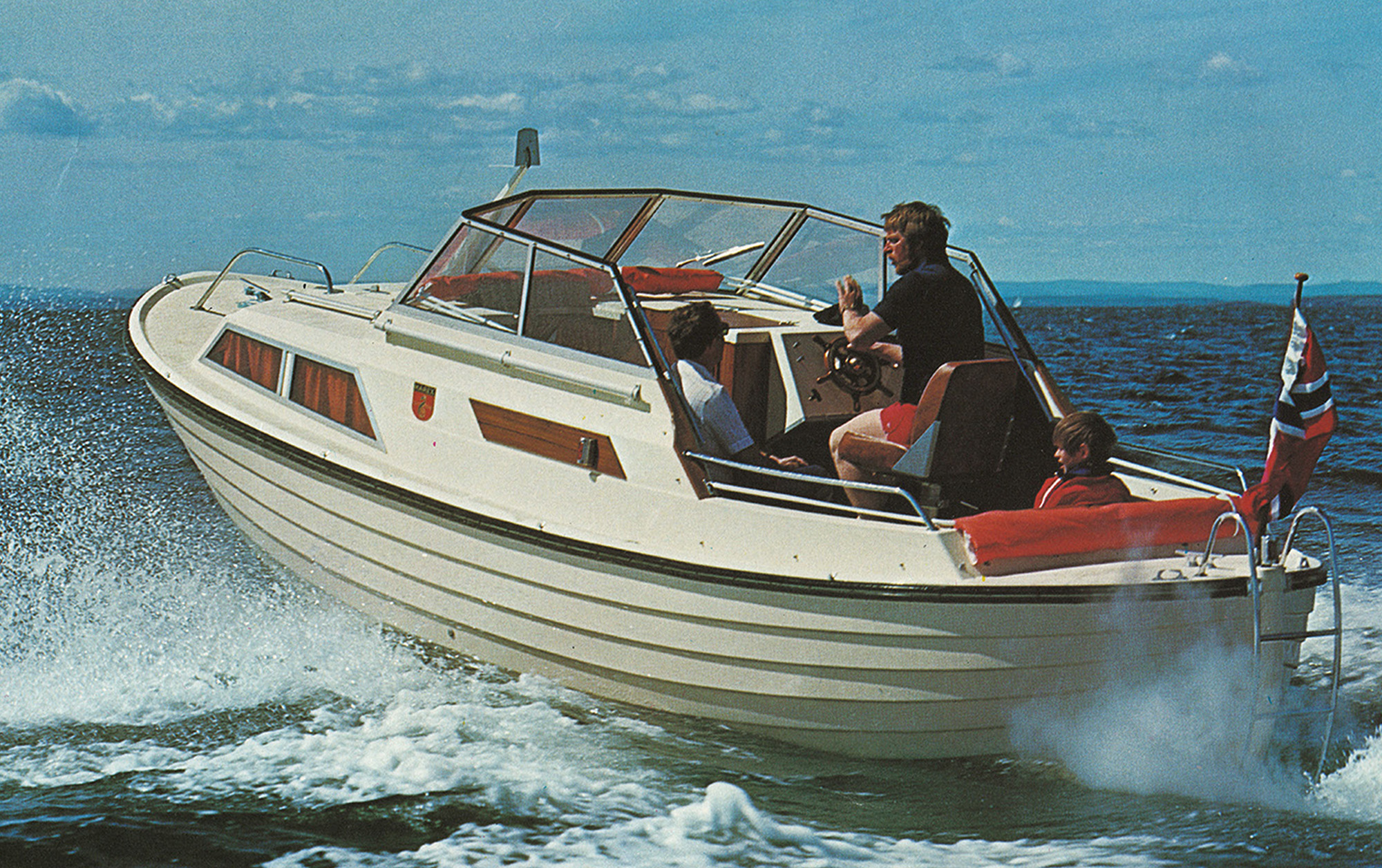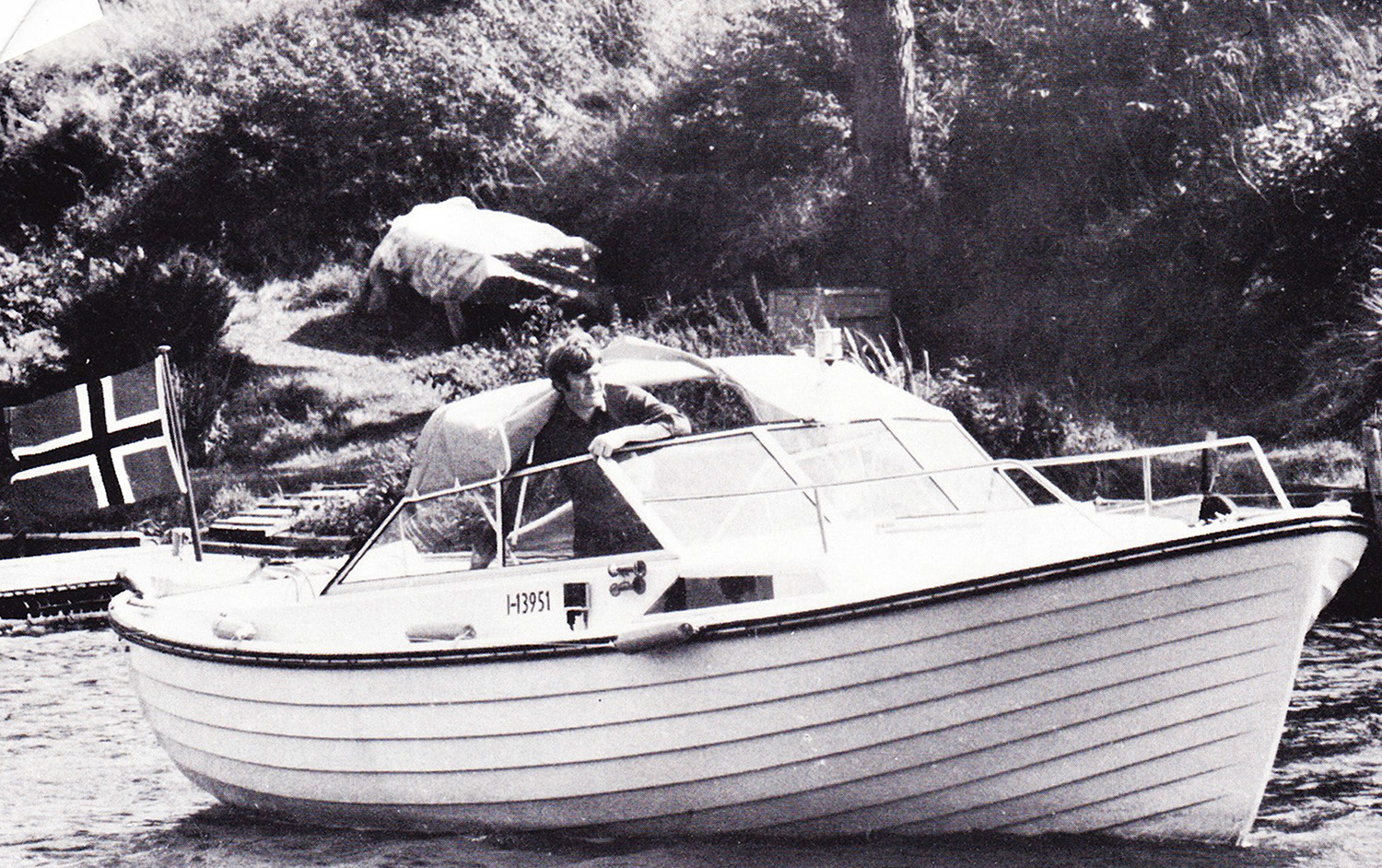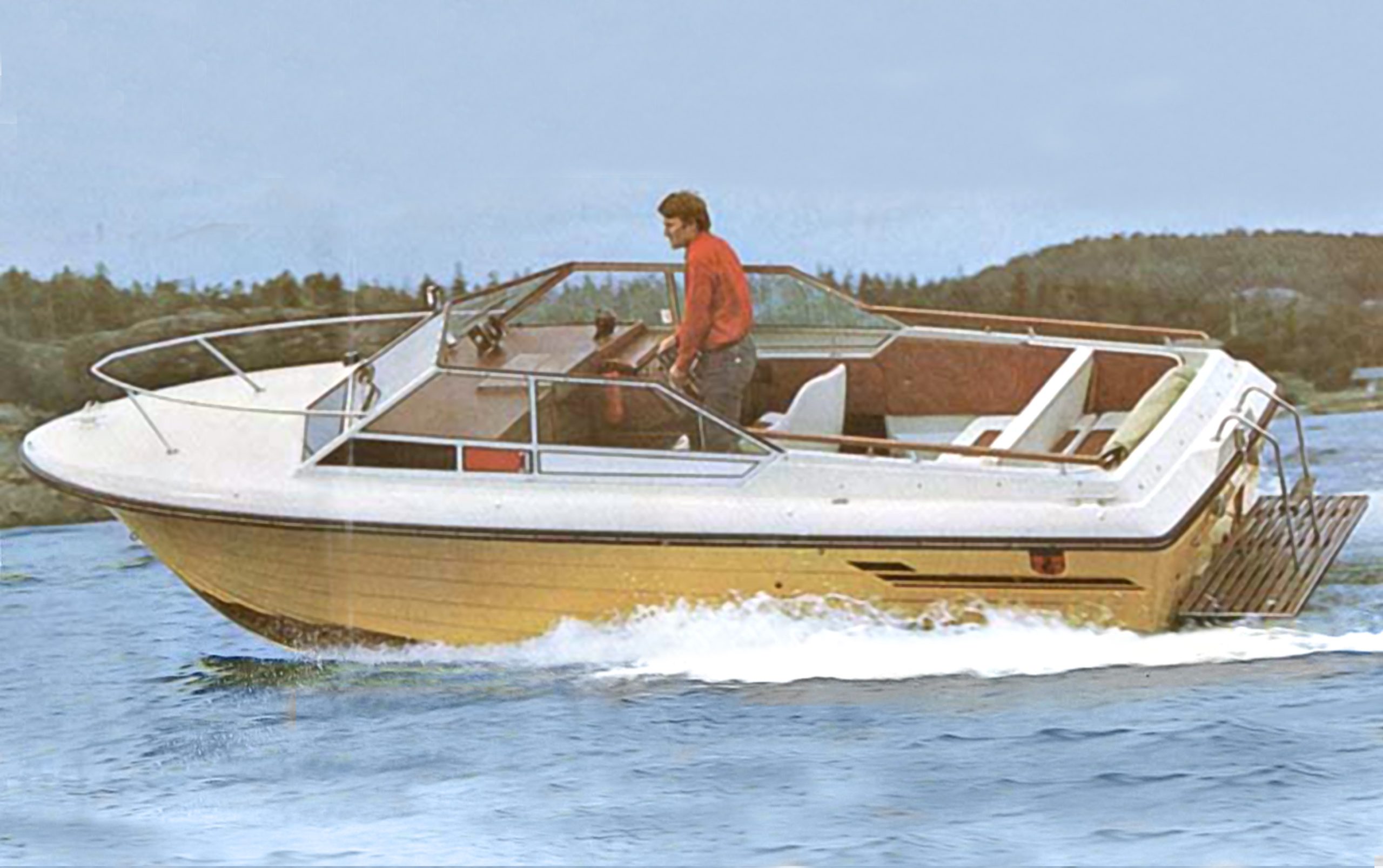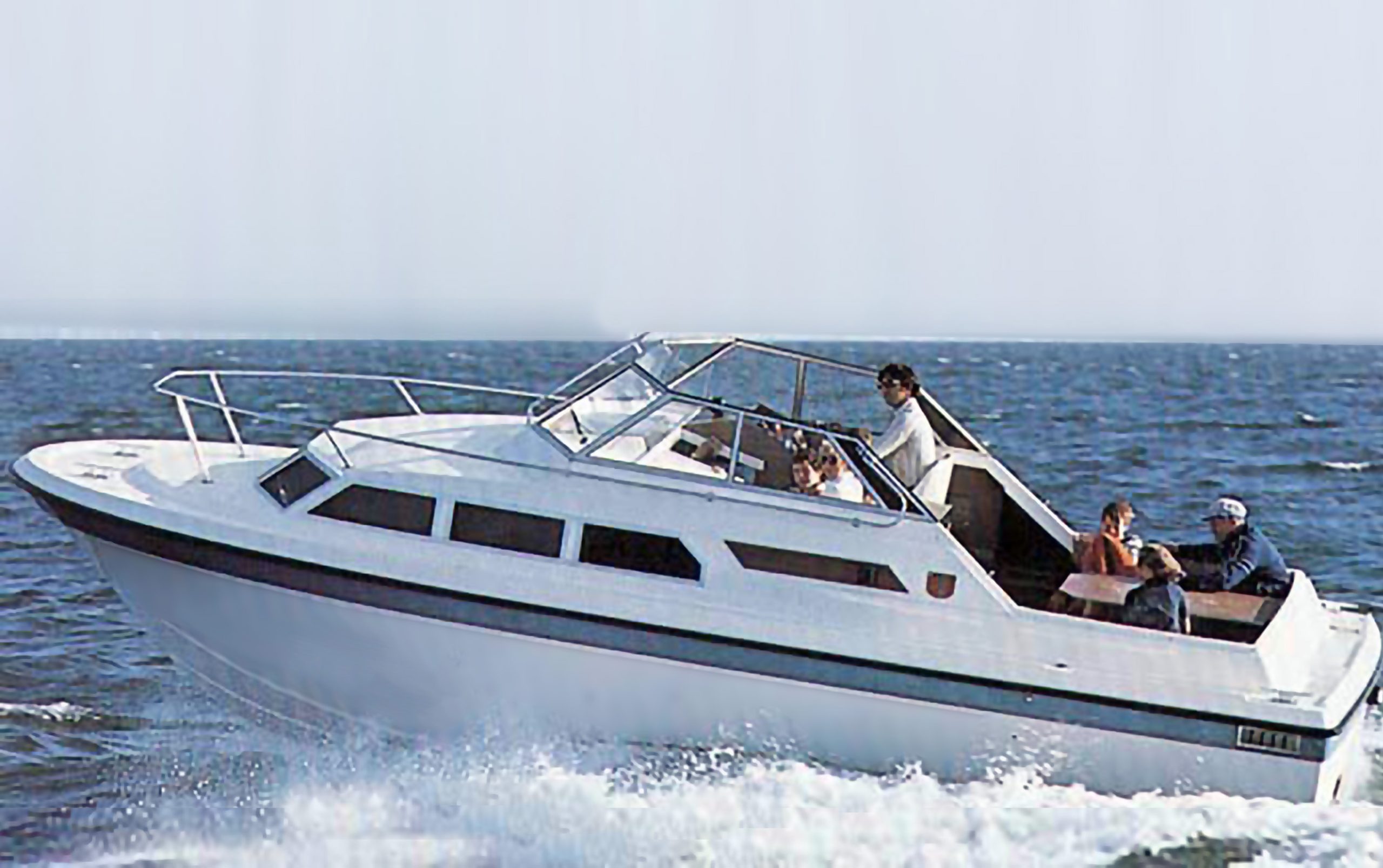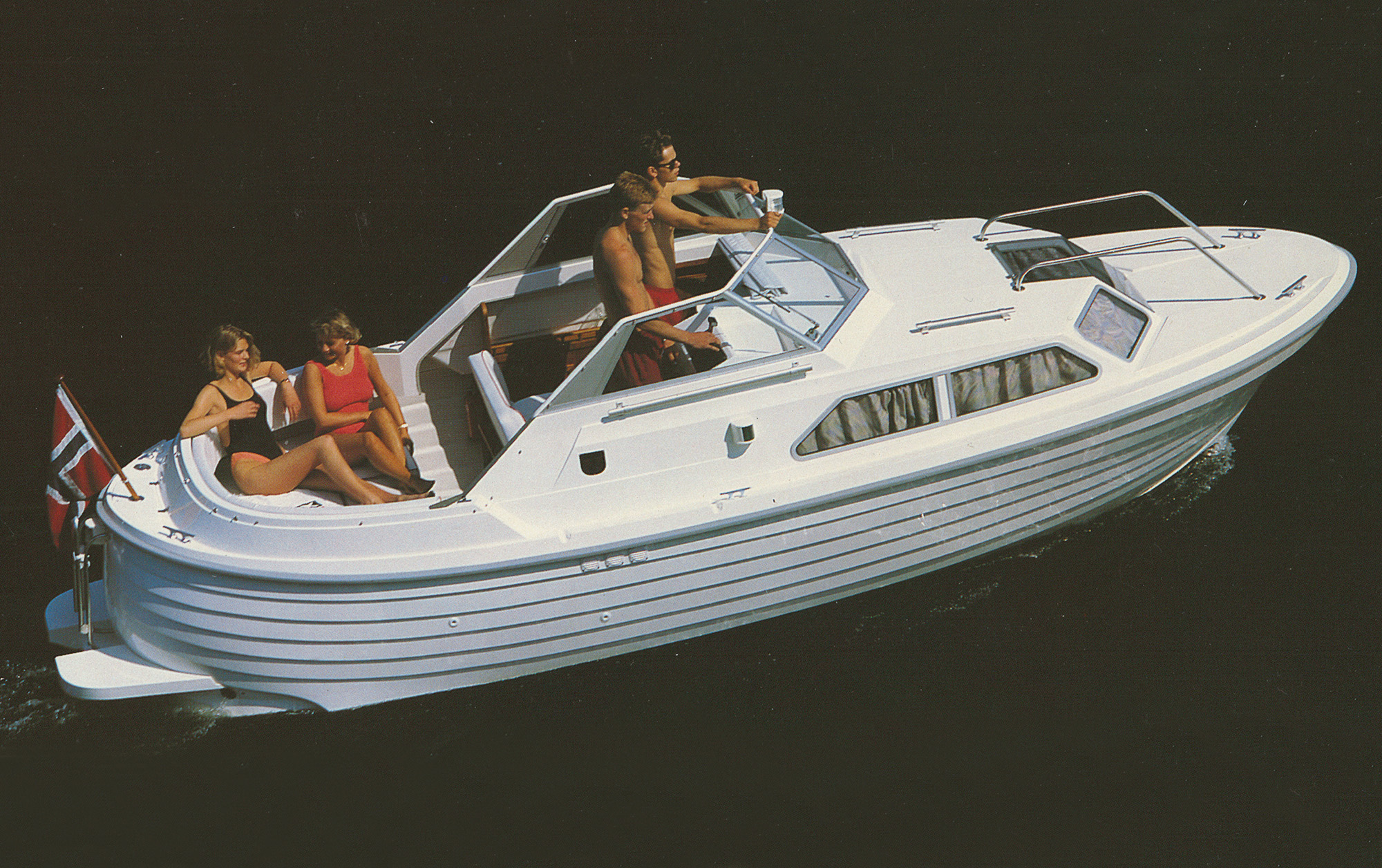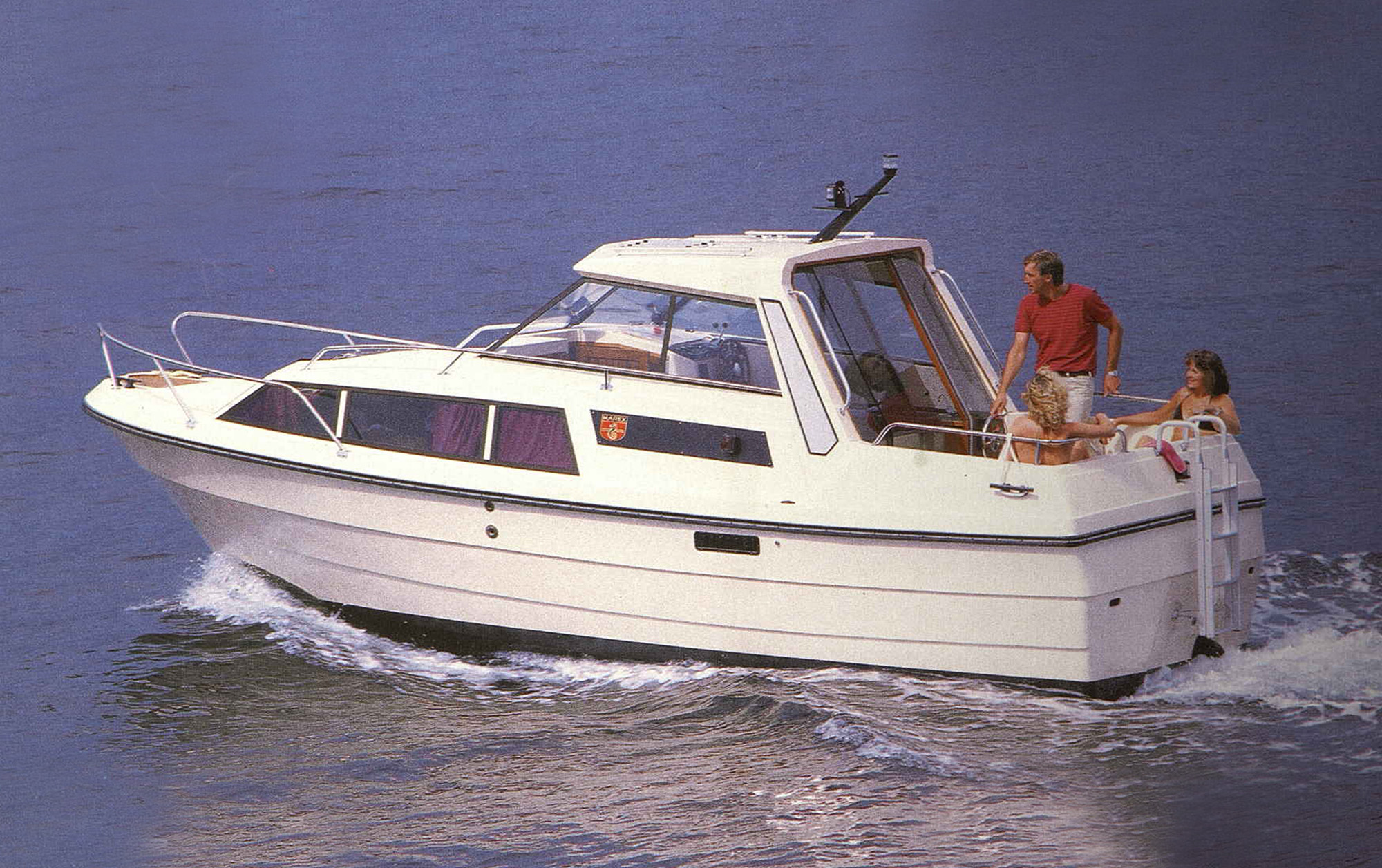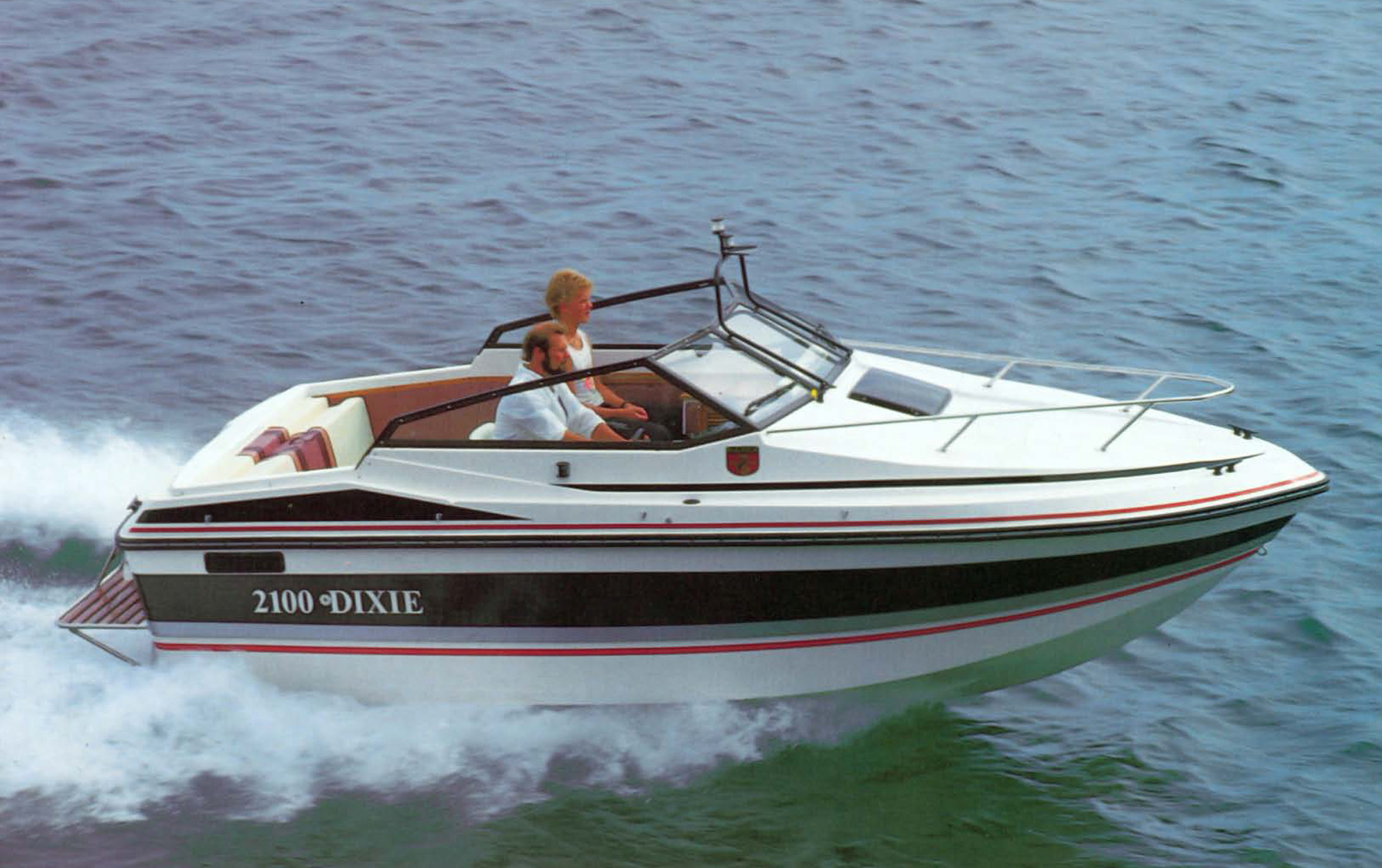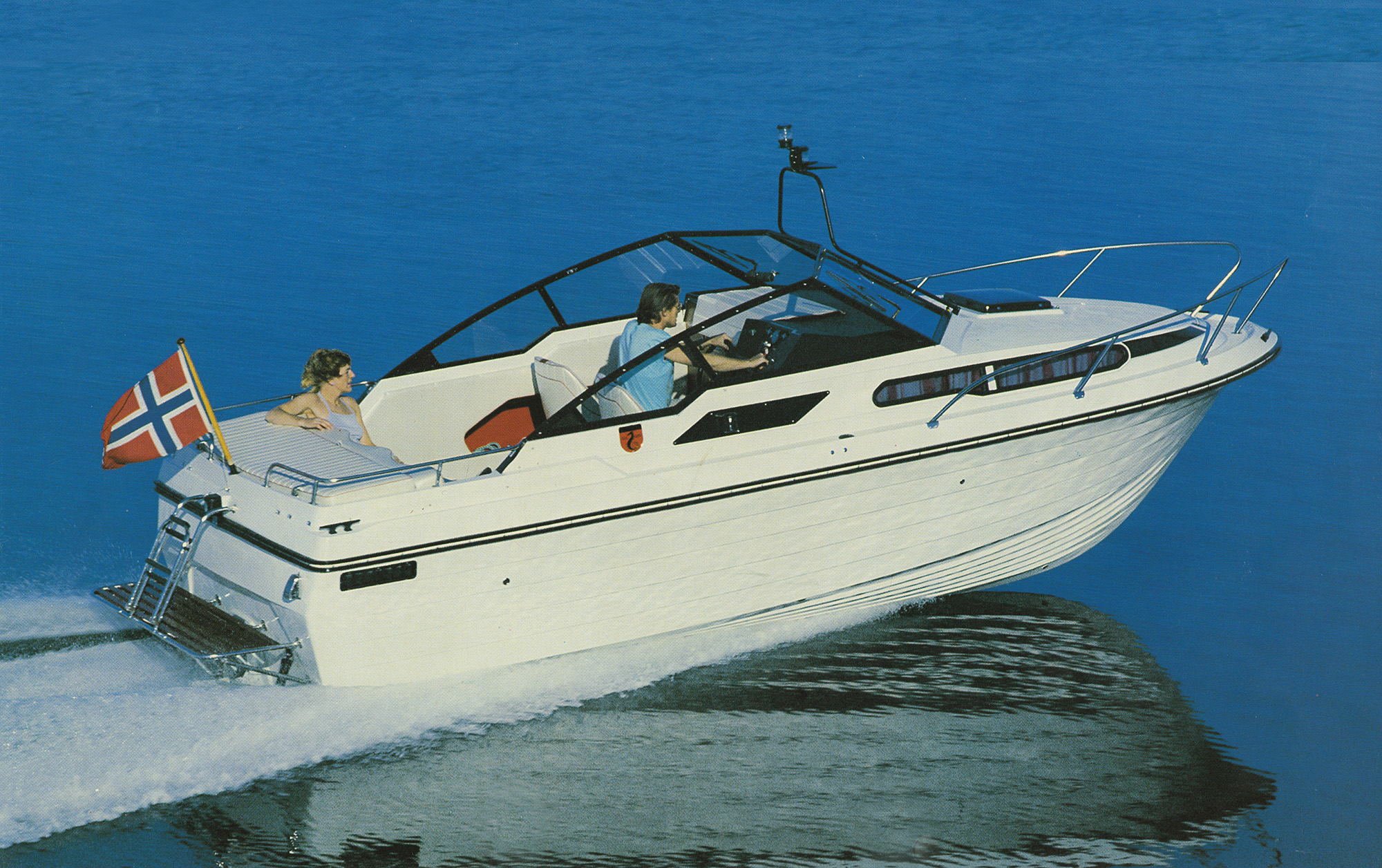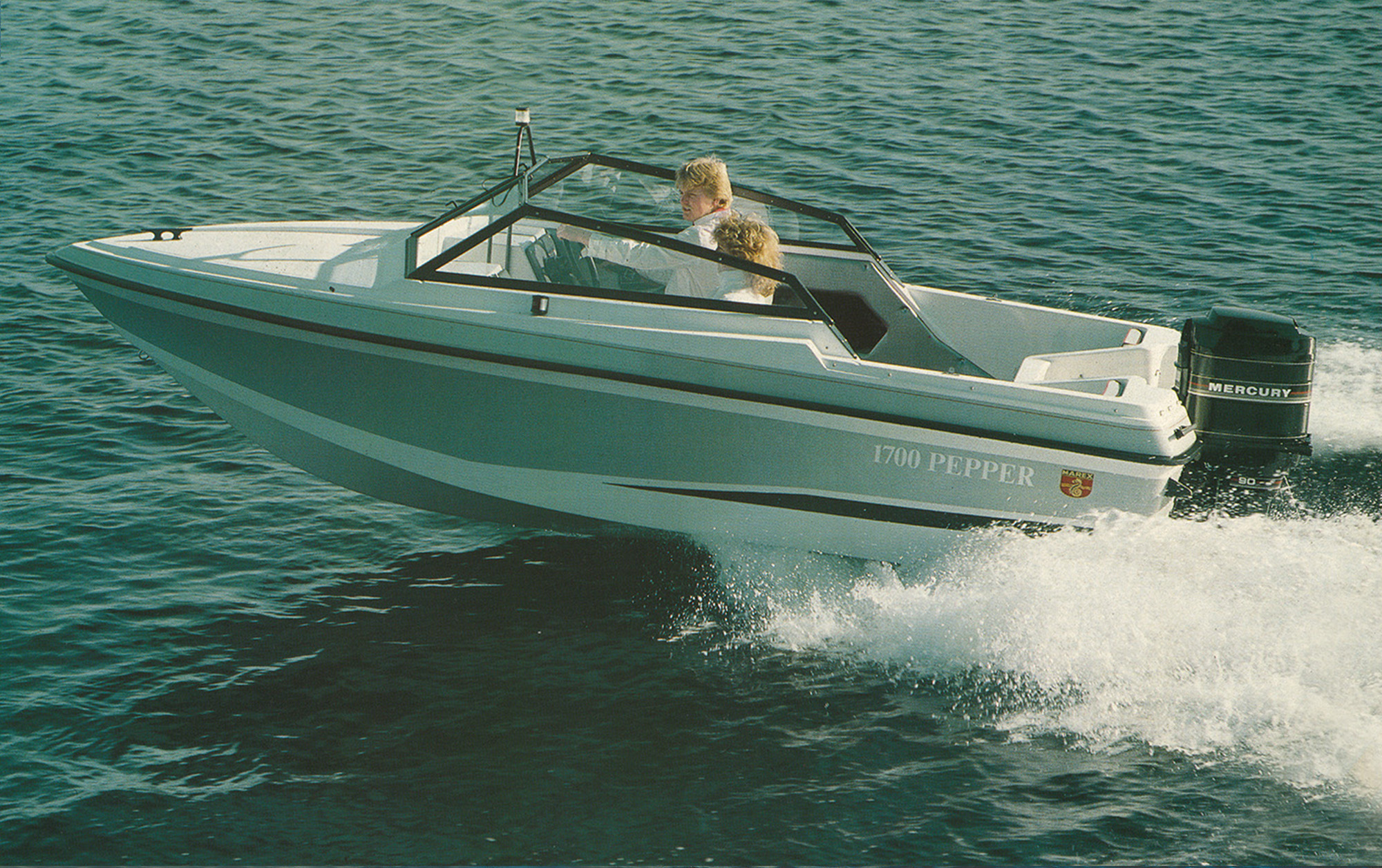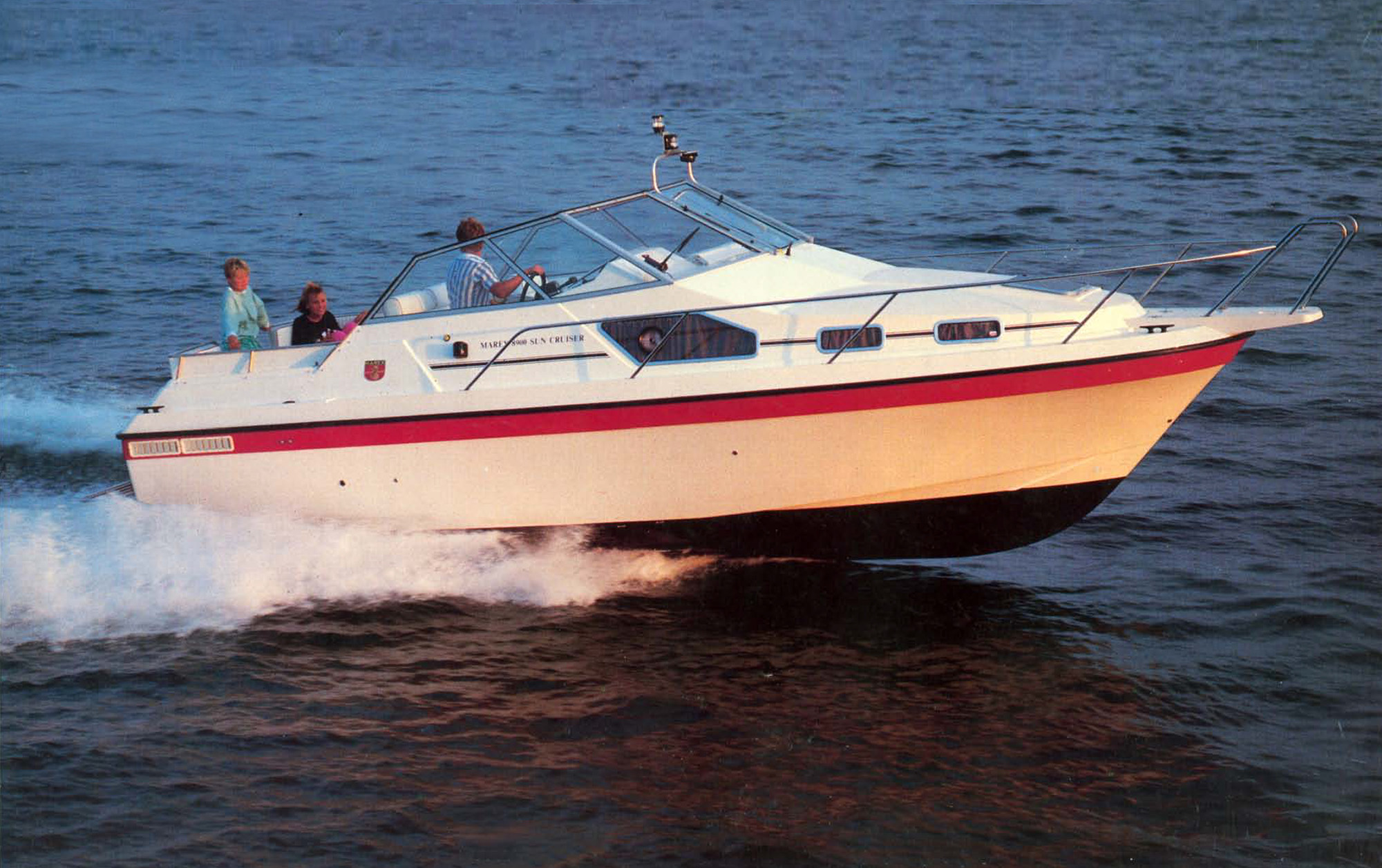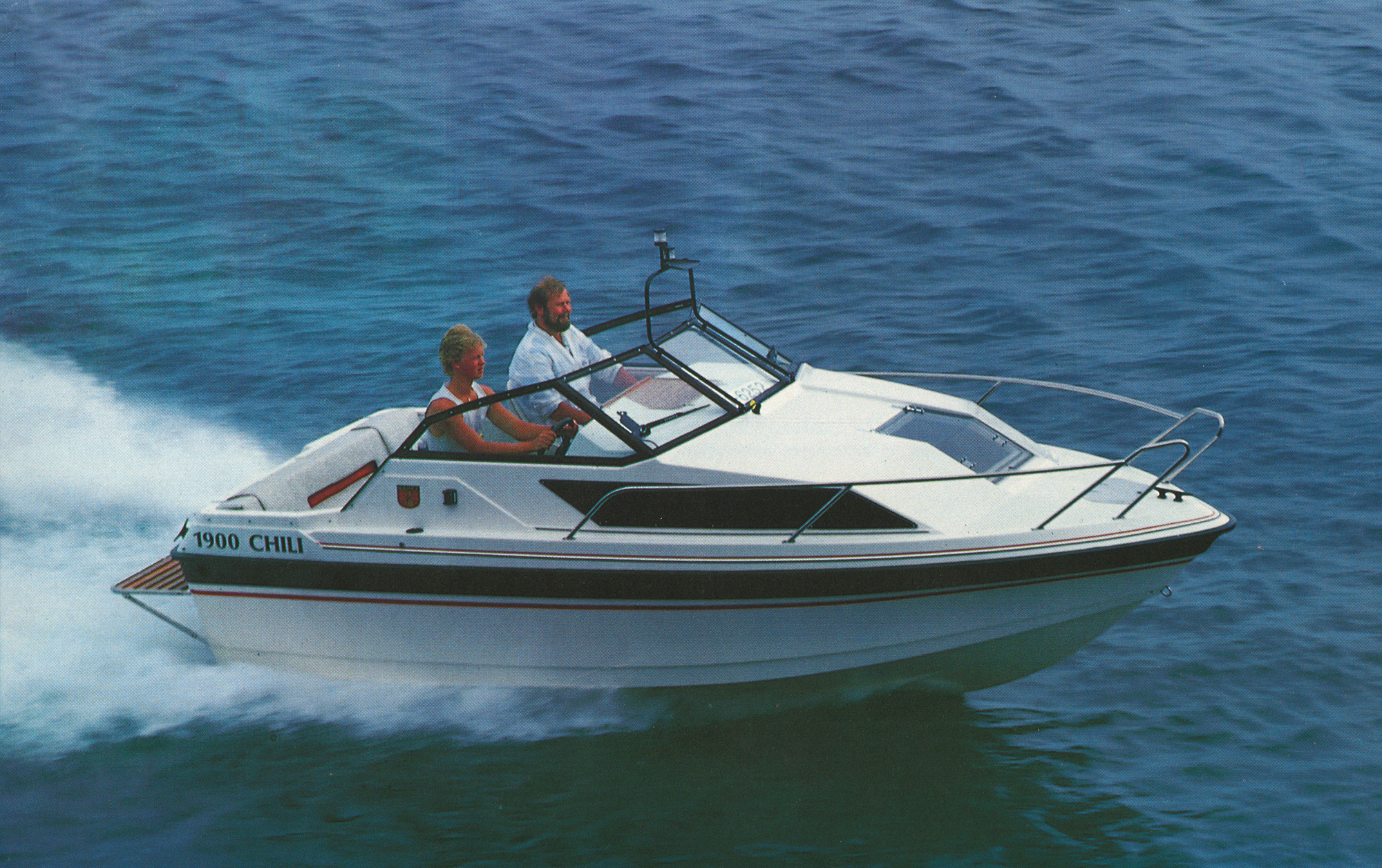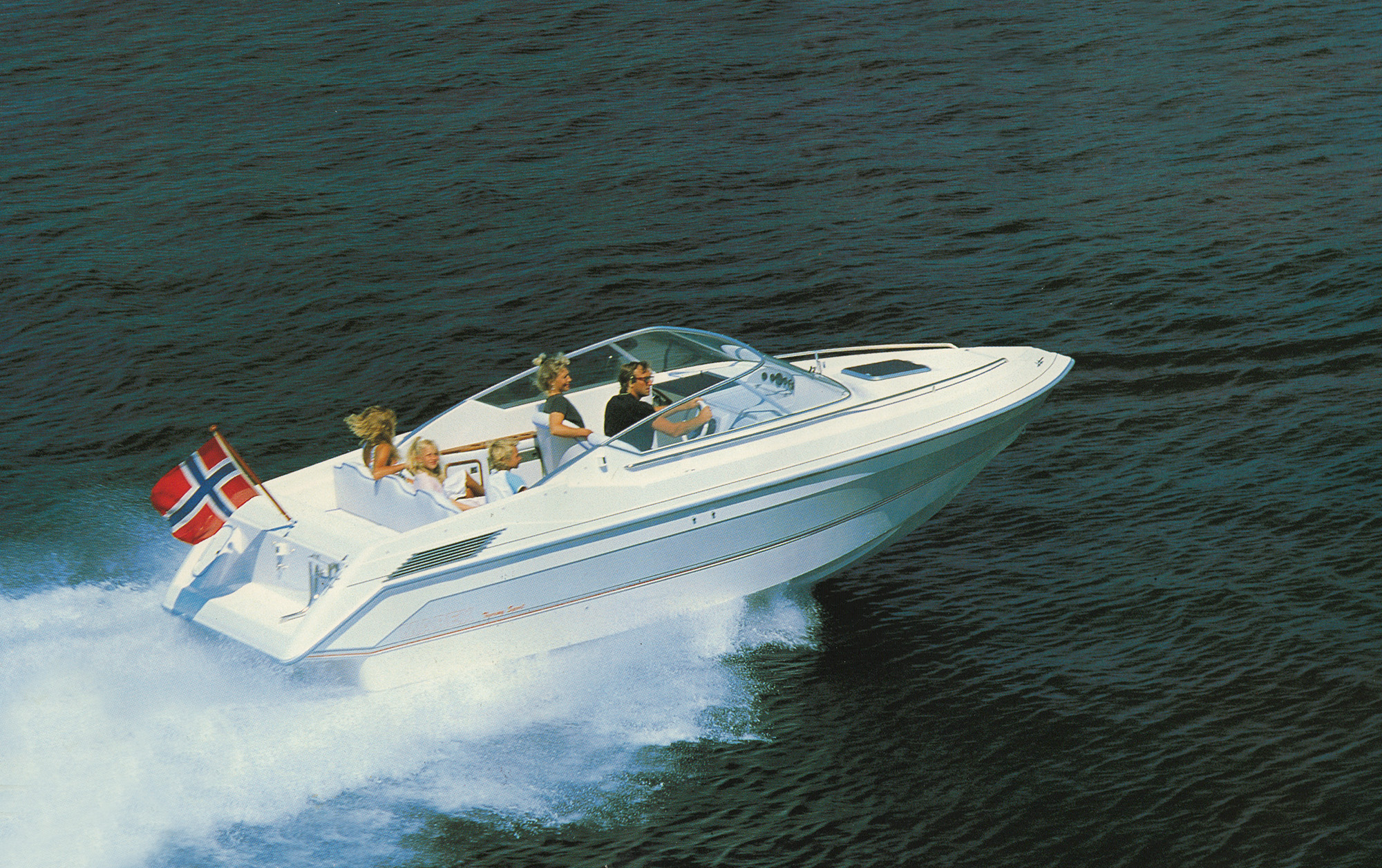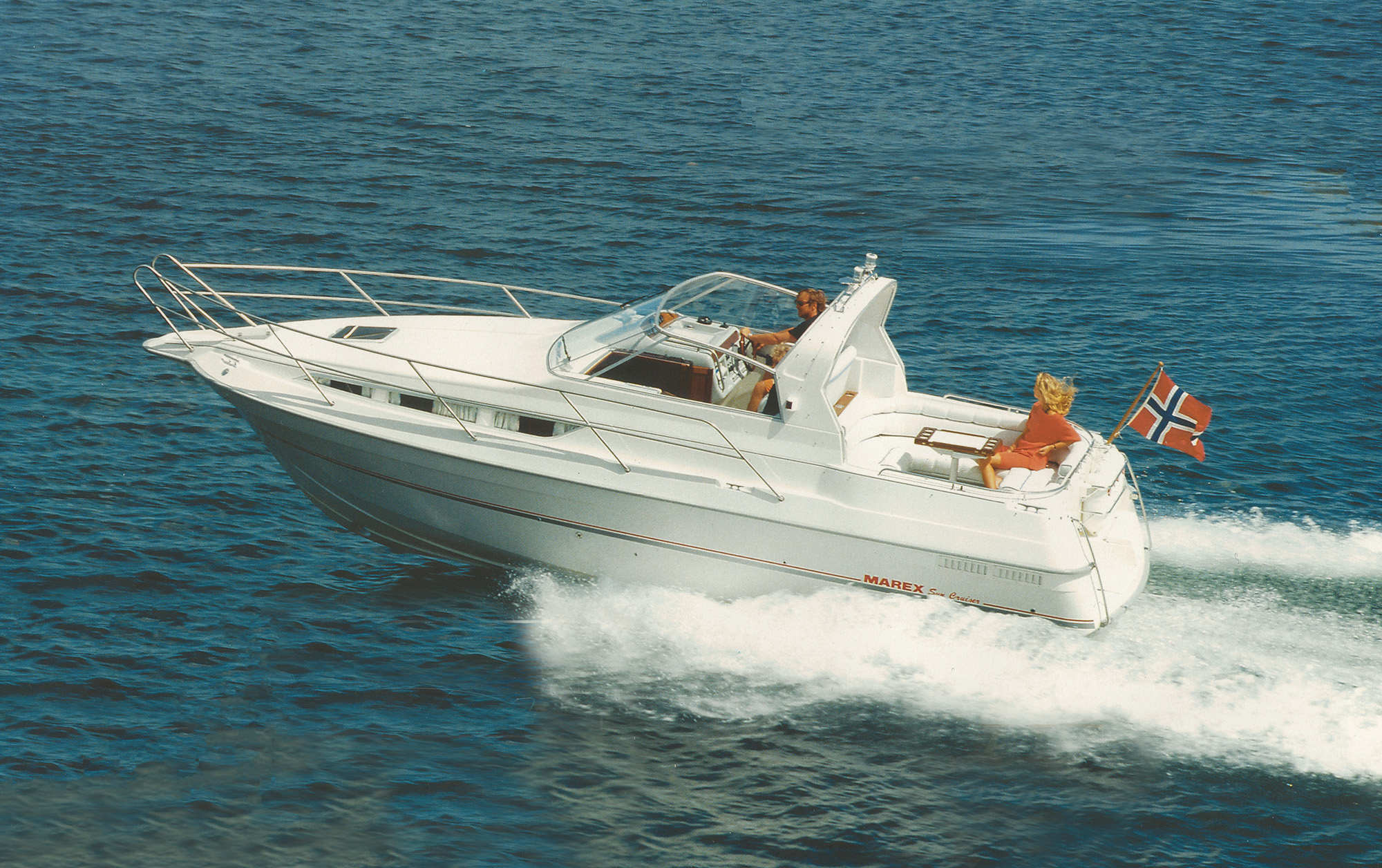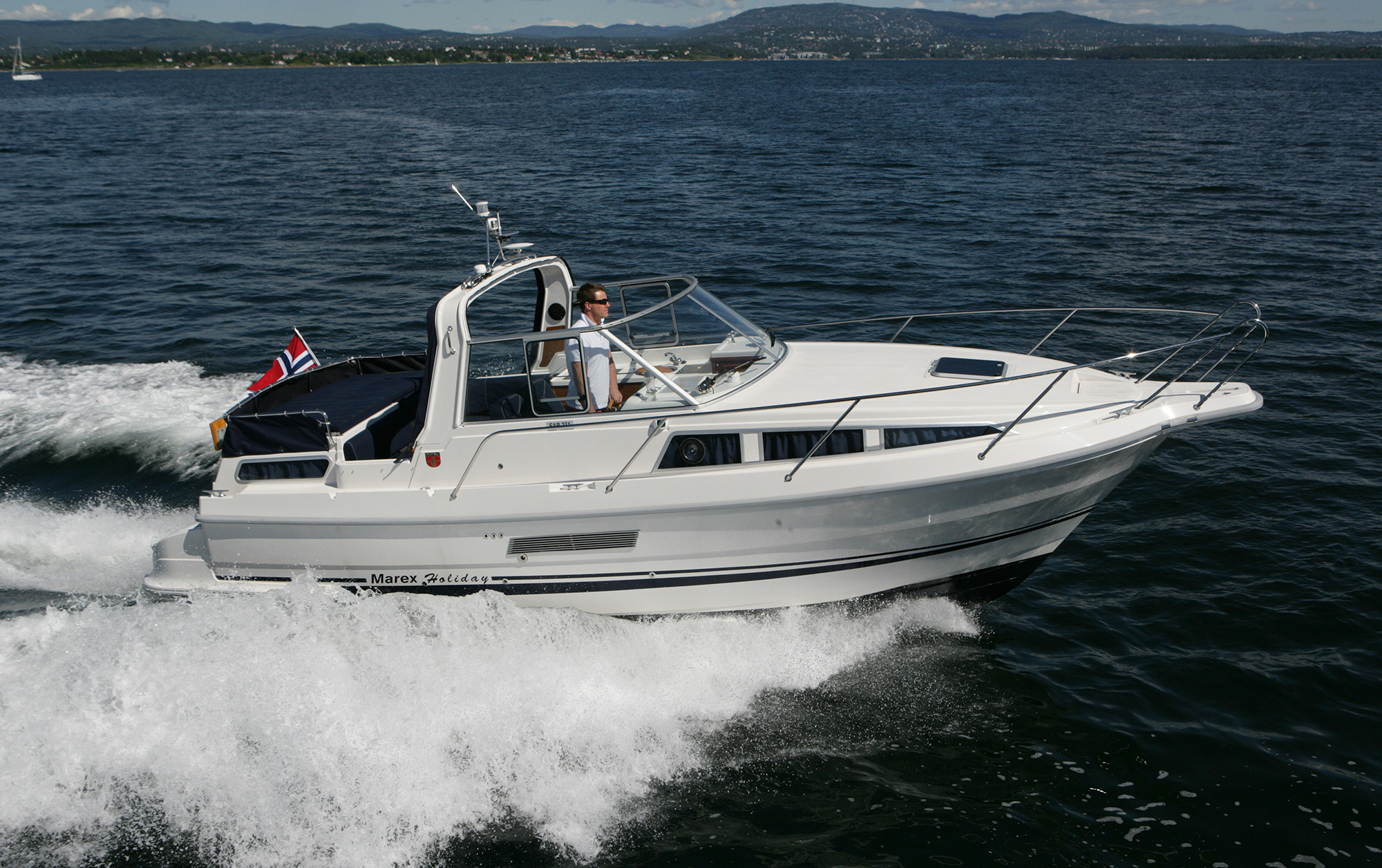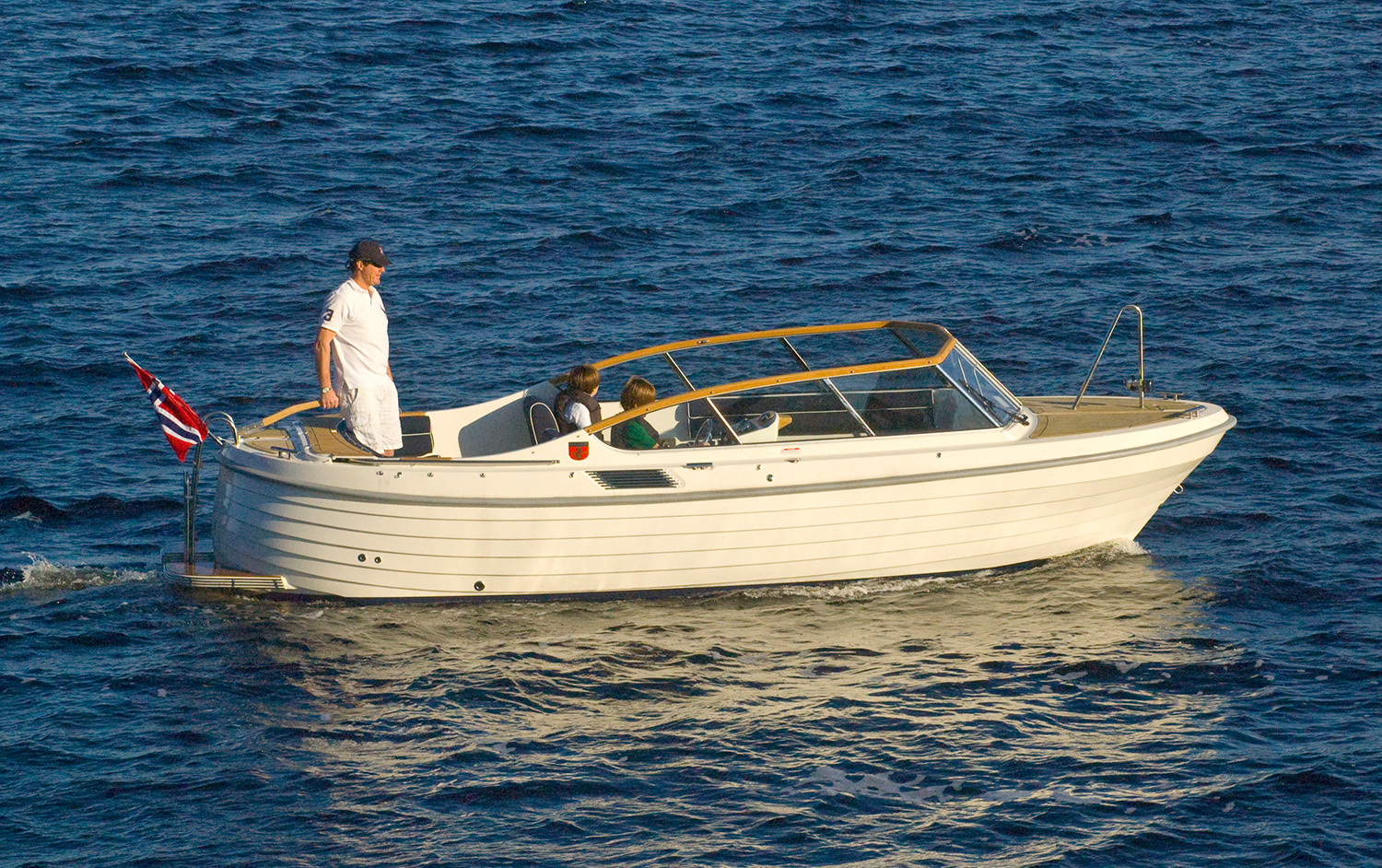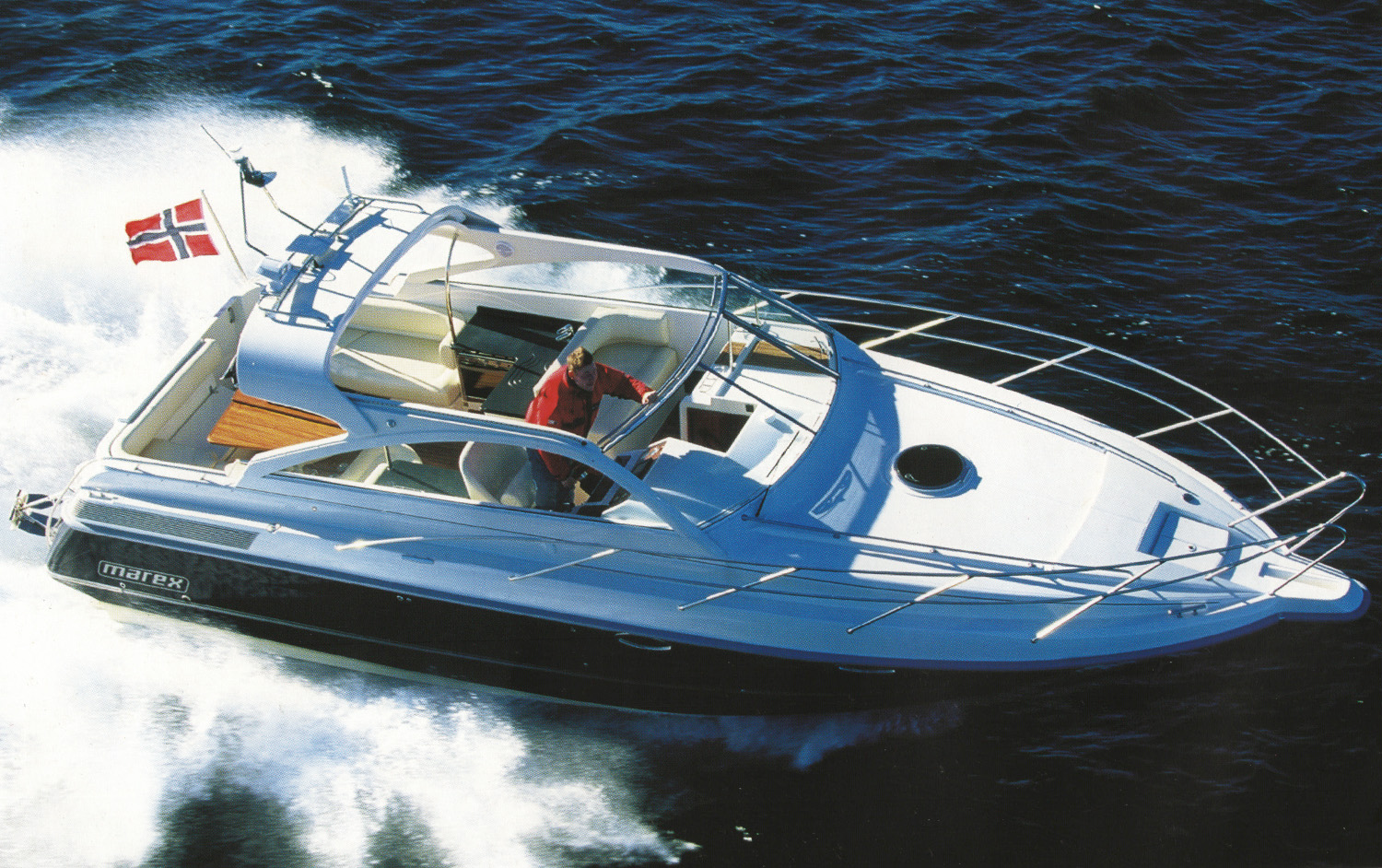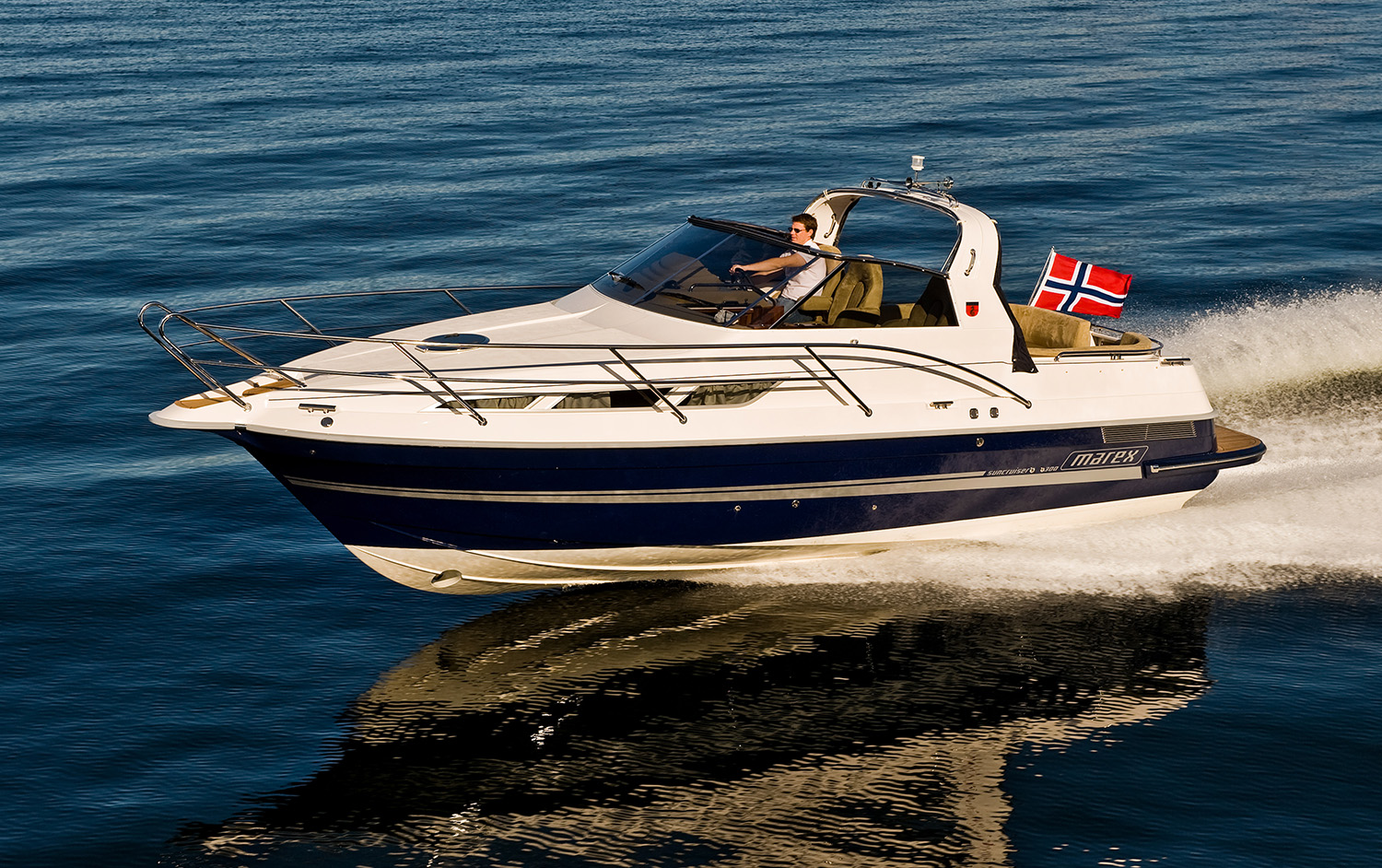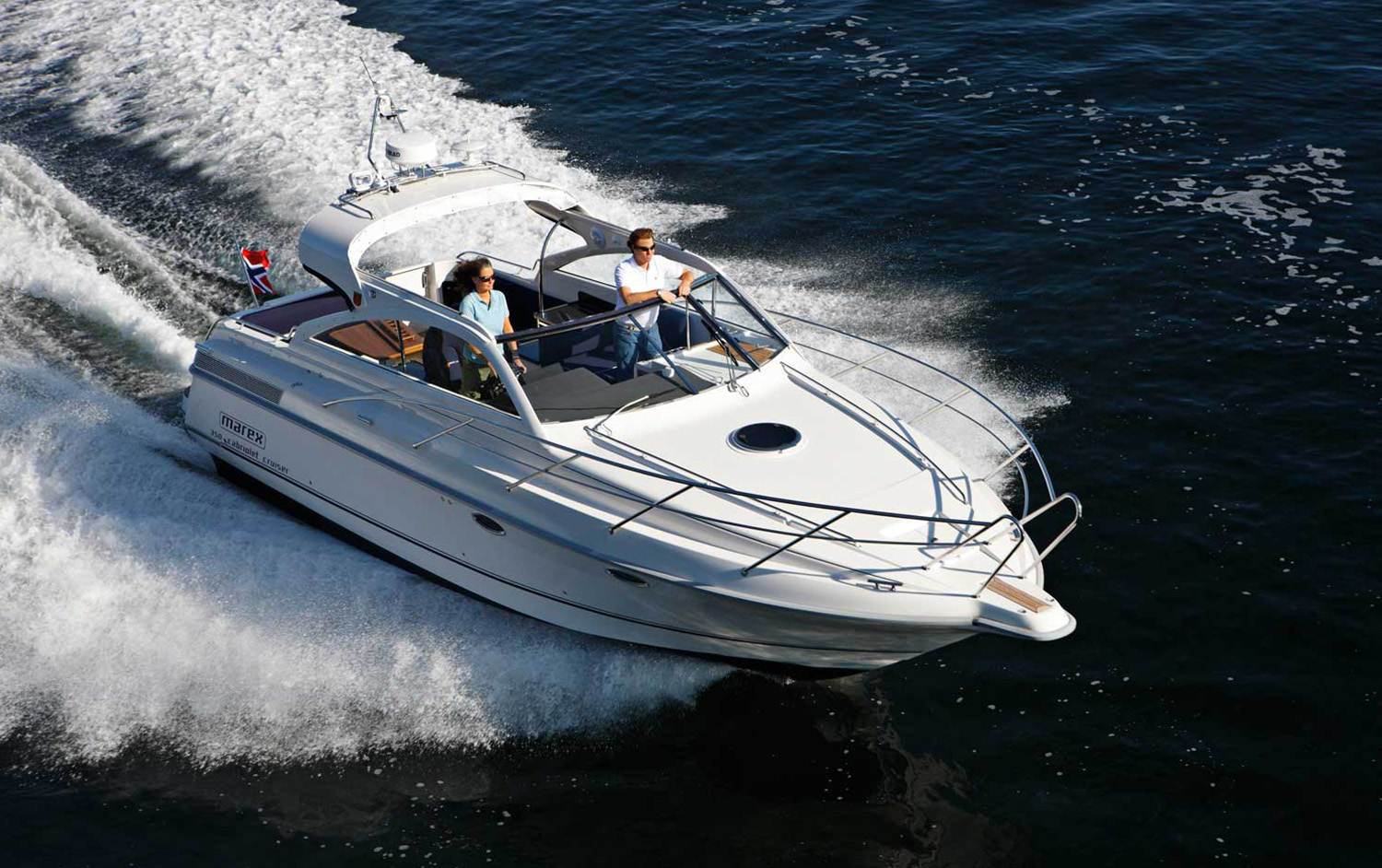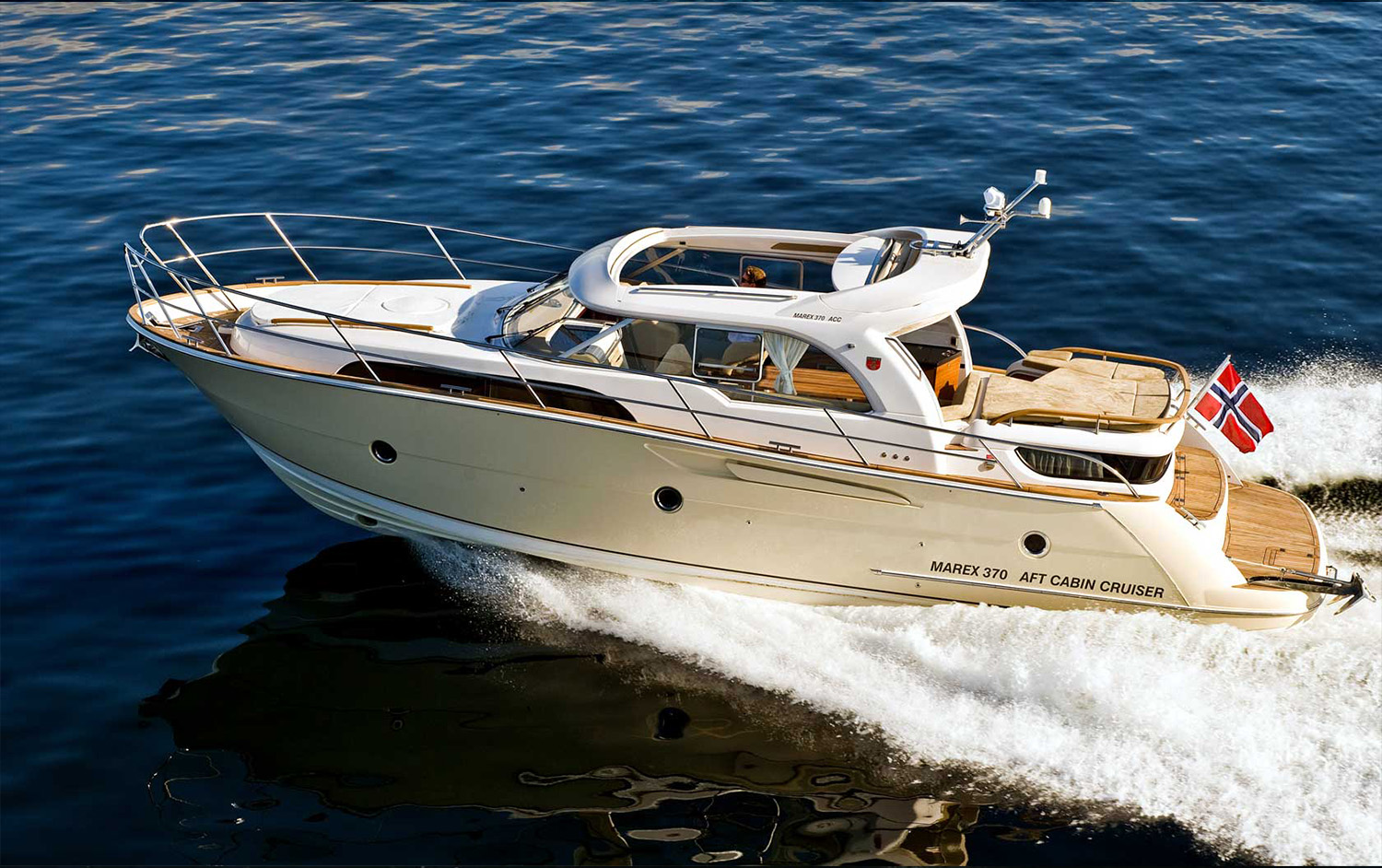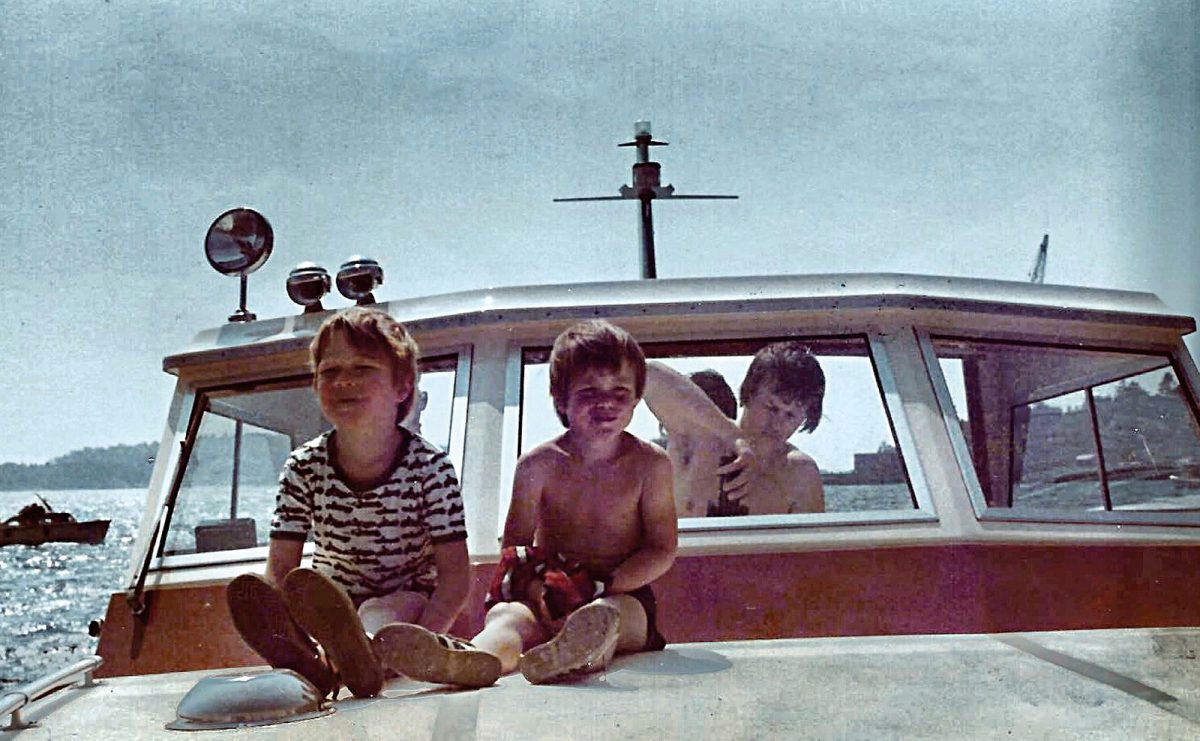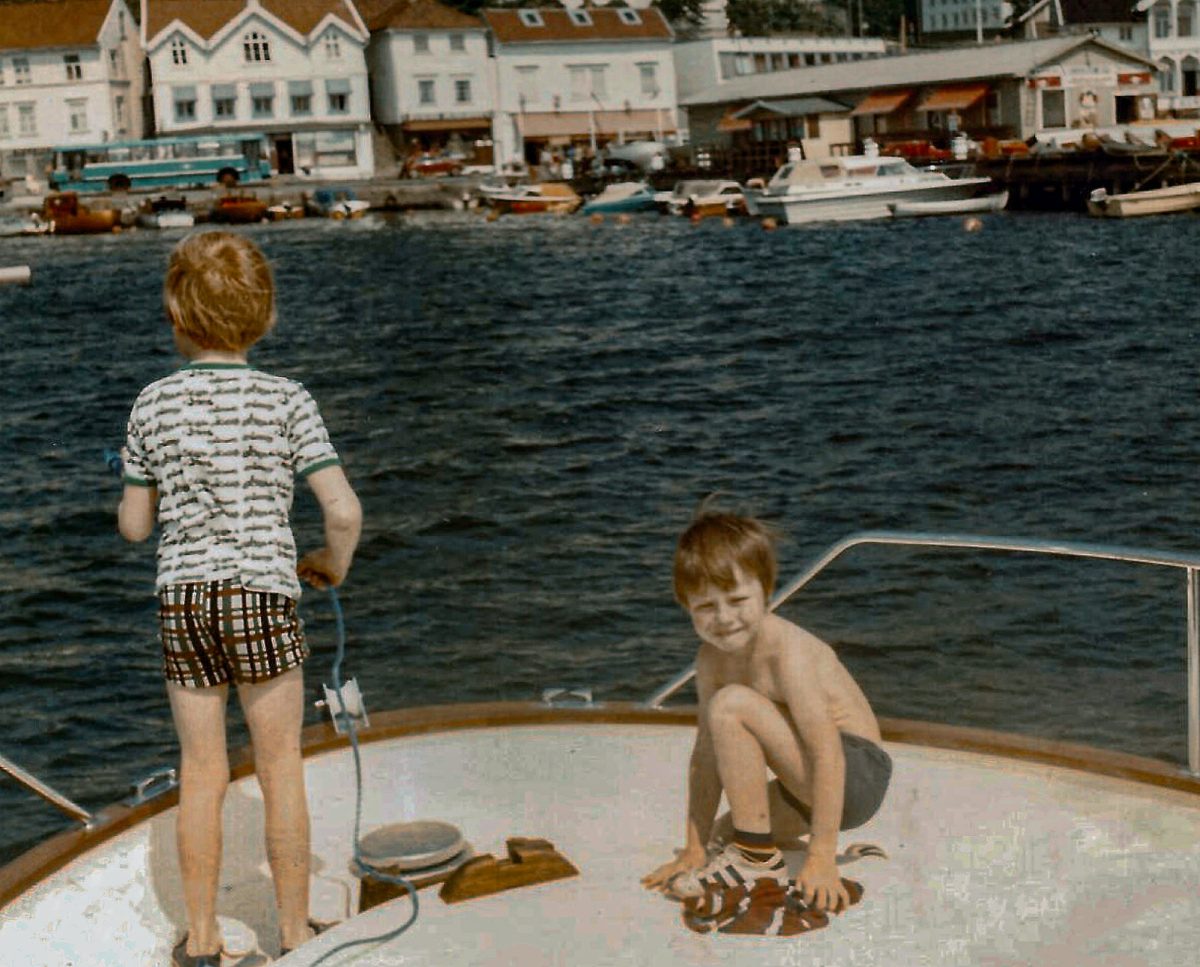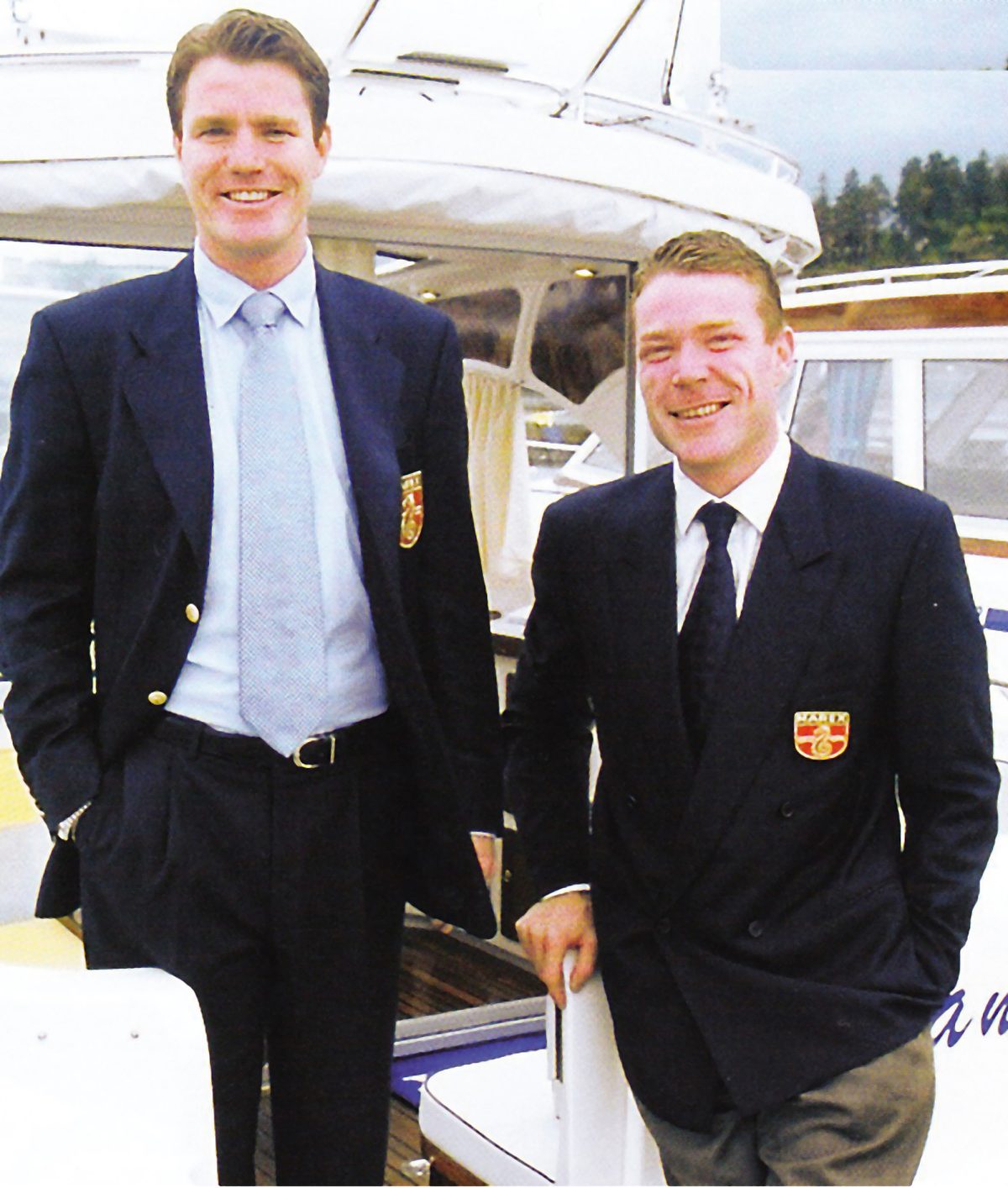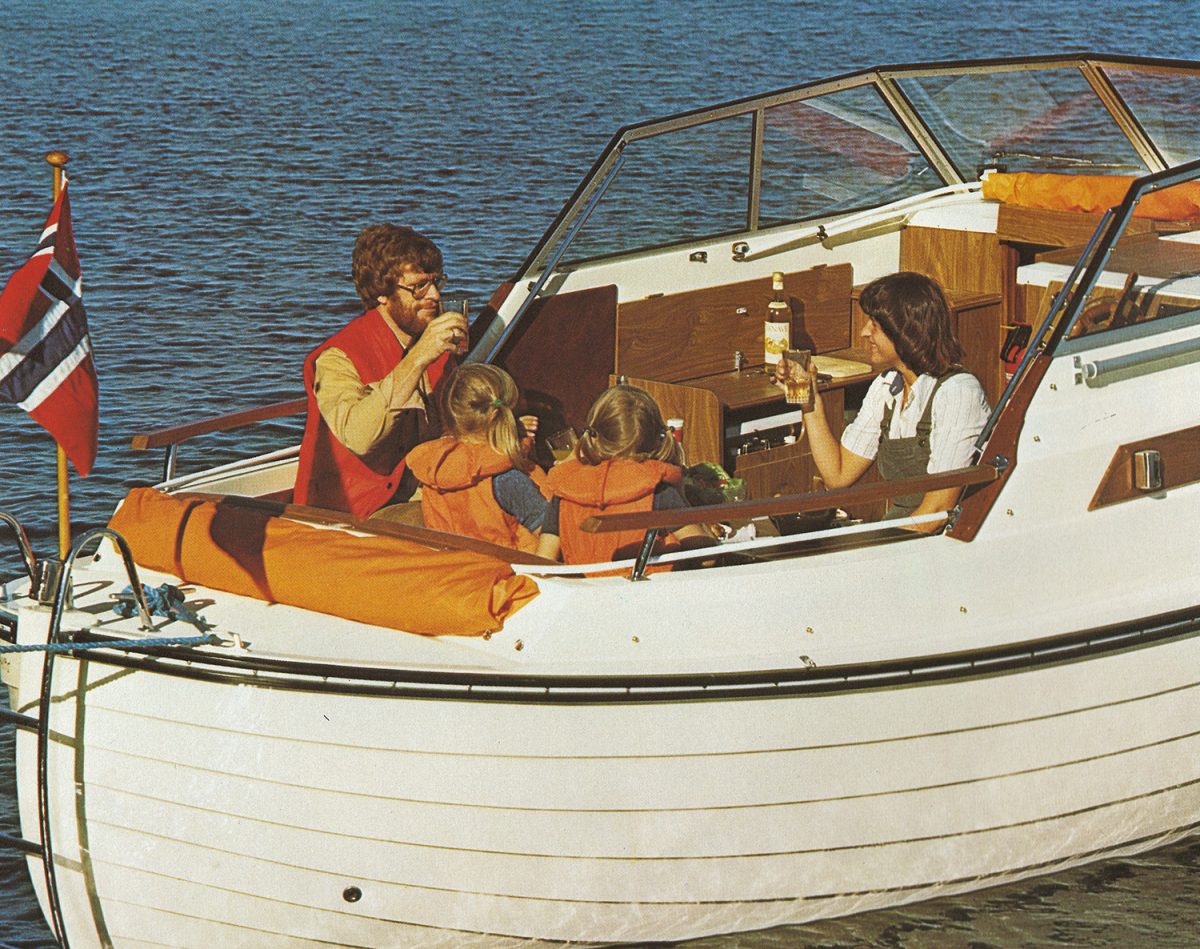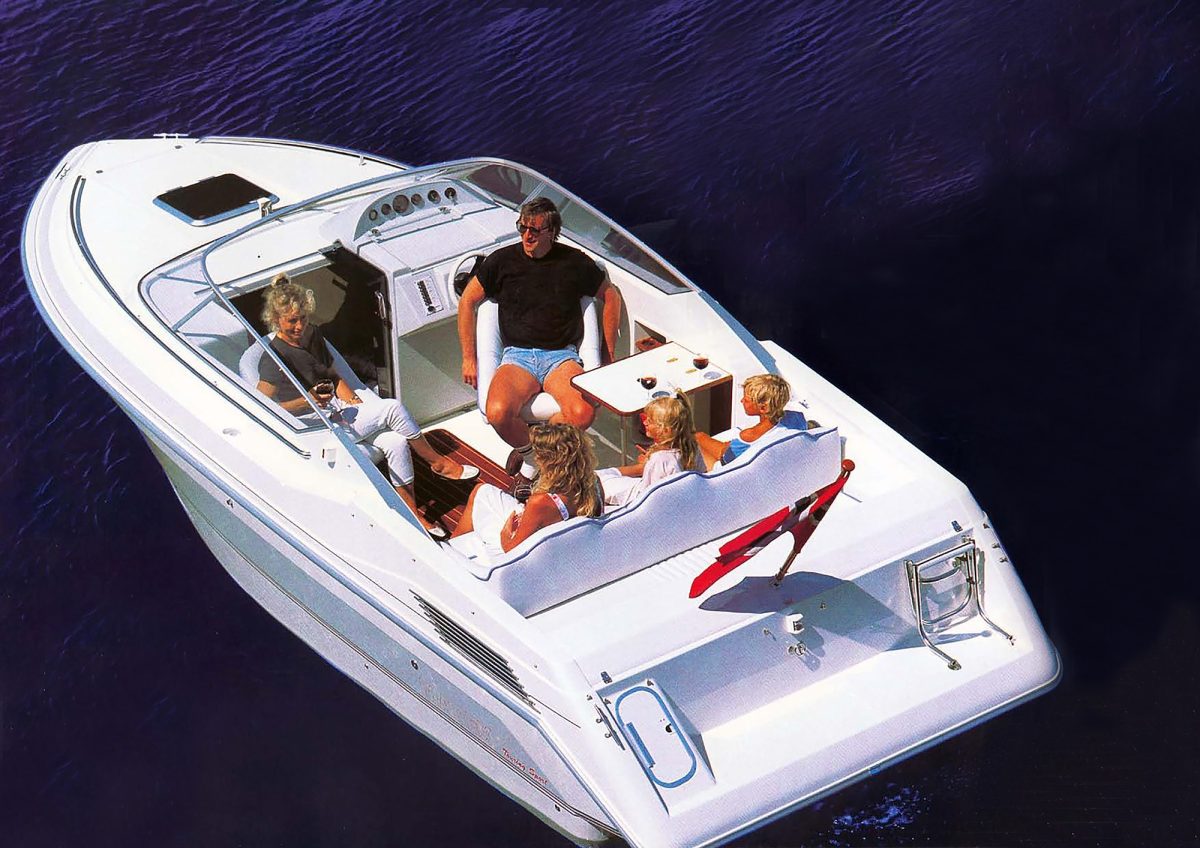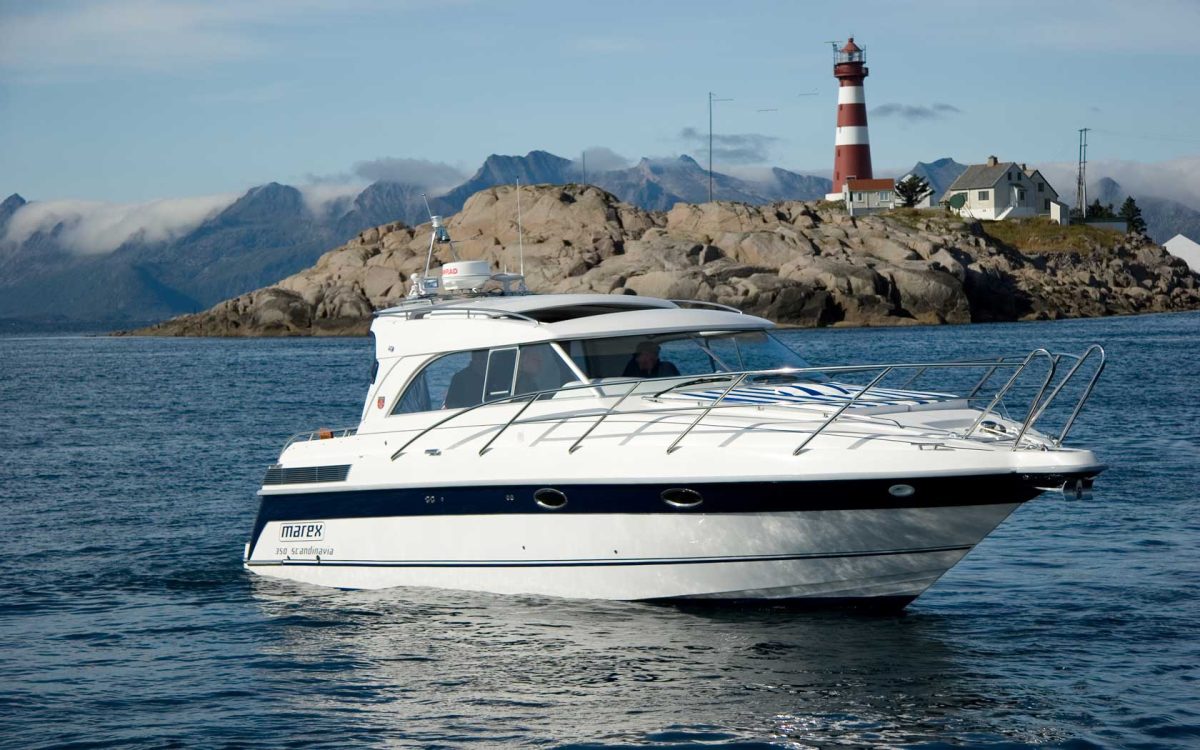50 years of expertise
Founded in 1973 in Norway, we have developed from a local business to the most famous producer of quality family boats. The main Marex facility is now in Kaunas (Lithuania), with a total 28 000 square meters of production area. Through the years, we've successfully built a team of 420 dedicated and highly skilled boatbuilders. Our dealership network covers all of Europe, some Asian and Middle East countries, and also Australia, New Zealand, and Canada.
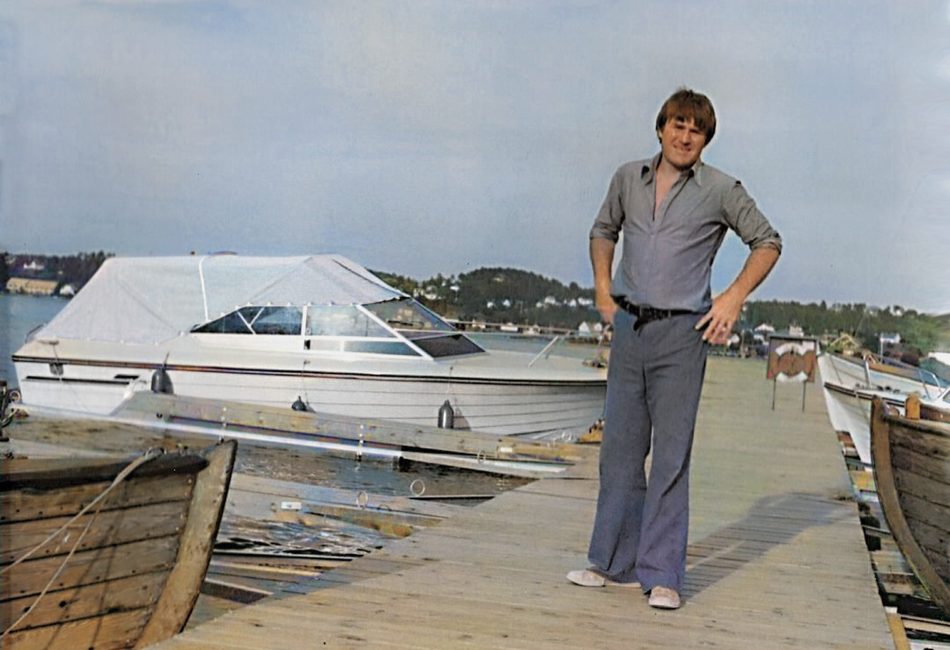
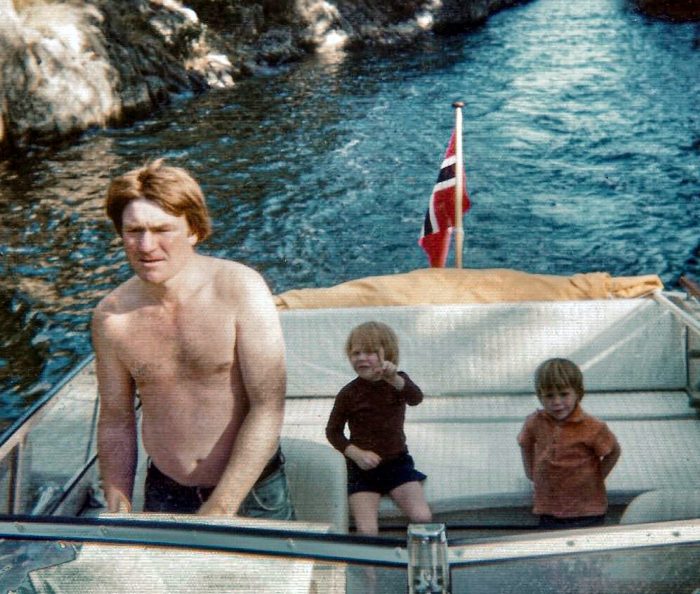
Where it all started
The 36-year-old Eyvin Aalrud had worked as an export manager for local boat builders, and after some time together with Joda, he started up his boat production in Rykene.
The Marex 24 Sun Cab was the first model built from fiberglass, based on a Joda hull and quickly won customers’ hearts. Later, the 23 DC and 32 Friendship were presented, which became the biggest-selling Norwegian-produced fiberglass boat in 1975.

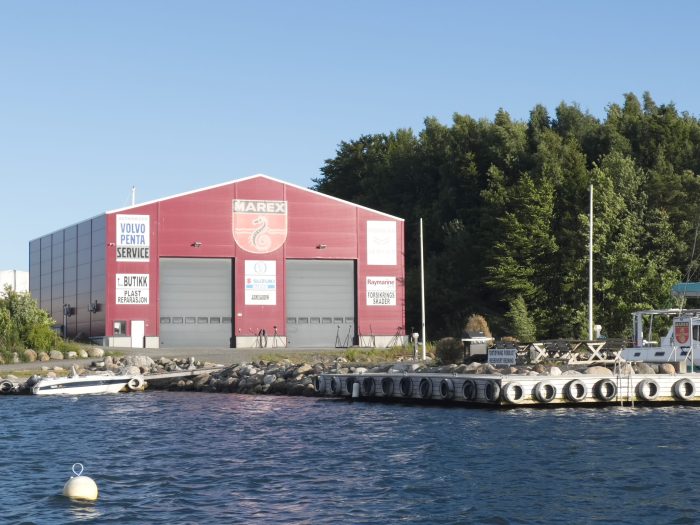

New milestones
March 1979 saw dramatic times as the factory’s production facilities
burned down. However, Marex and Joda quickly found an alternative when they relocated to Fjord’s factory in Fevik, a small town in Southern Norway between Arendal and Grimstad. They opened new production lines there. Today, these facilities all belong to Marex and are used for service, winter storage and aftermarket facilities.

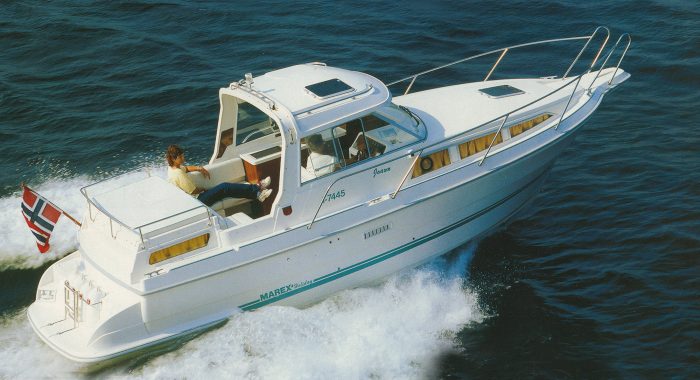
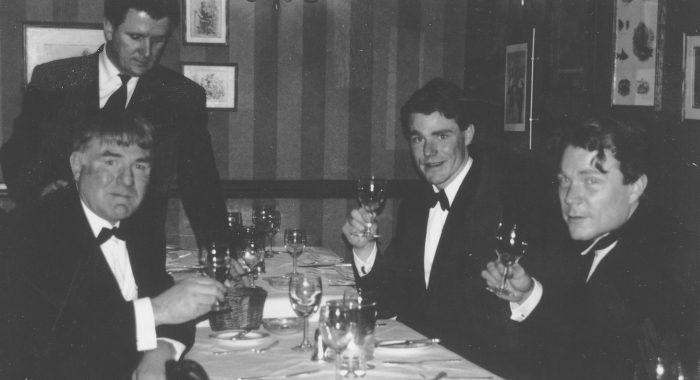

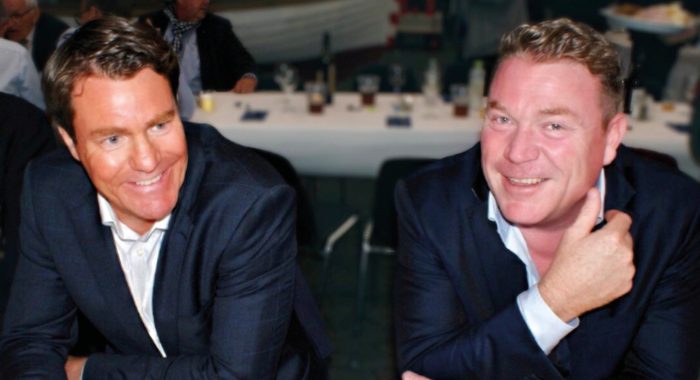
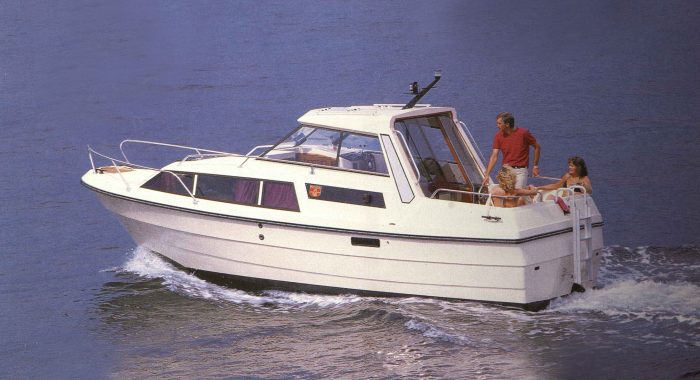
Relocation to Lithuania
The newfound Lithuanian partners, the professional sailors Saulius Pajarskas and Raimondas Siugzdinis already had a small boat production facility in Kaunas. They had experience in plastics and sailboat manufacturing. The ‘test cooperation’ started with ten boats built at the Norwegian facilities. After this successful experience, partnership was founded. The production of the 270 Estremo was moved to Lithuania and slowly one by one, of the rest of the production was transferred.

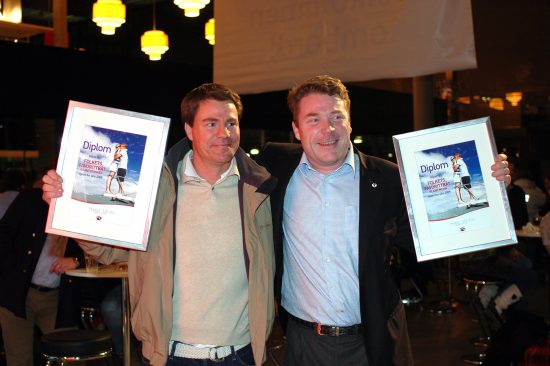

New style and awards
The 370 Aft Cabin Cruiser set a new starting point for a new generation of Marex family boat concepts. From 2009, Espen Aalrud took control of the development thanks to his deep understanding of the needs of the Marex customers. Nikl Design and Espen Aalrud carefully transformed ideas into new models based on the shipyard’s DNA. The outcome of this cooperation was the 310 Sun Cruiser, 320 Aft Cabin Cruiser, and 360 Cabriolet Cruiser models. Each model got plenty of attention from the marine world, winning numerous prestigious prizes and awards.
In 2020, Espen met up with VOM Creation and the Alpha Group in Slovenia. The two cooperating design teams began working on the shipyard’s flagship model, the Marex 440.



